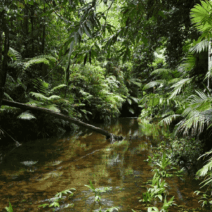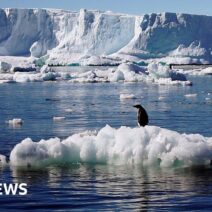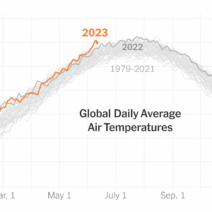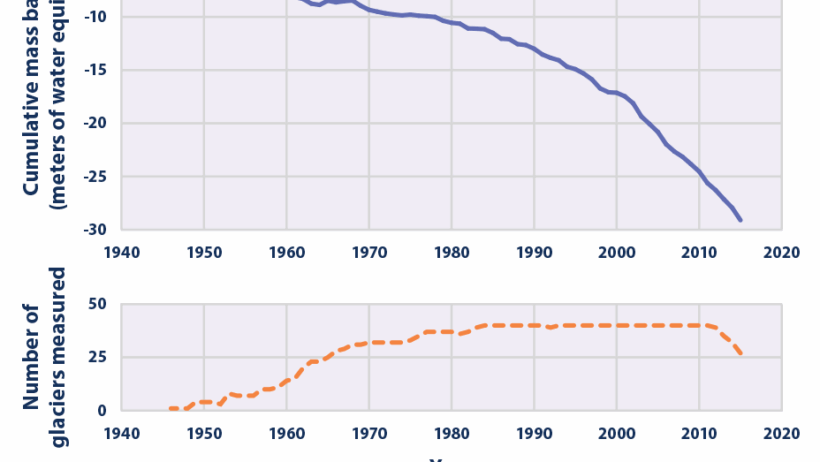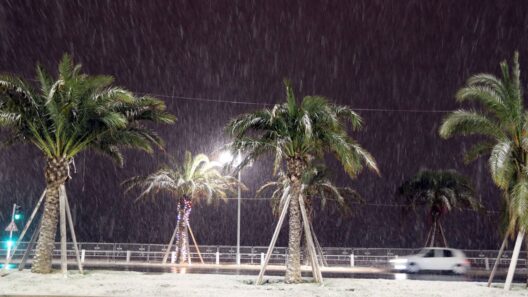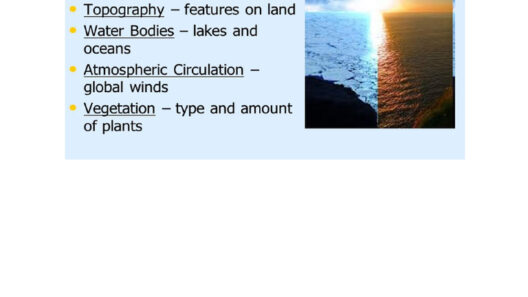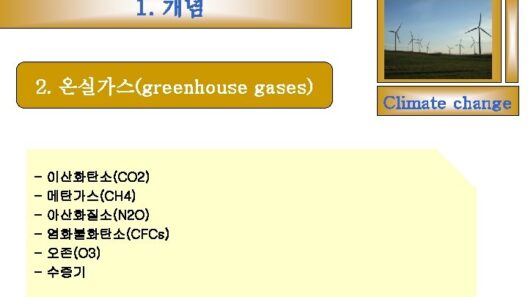South America, a continent of staggering contrasts, is an intricate tapestry woven with diverse climates, ecosystems, and geographic features. From the sun-drenched tropical rainforests to the icy embrace of the Patagonian glaciers, the climatic variations across this region offer a microcosm of our planet’s environmental diversity.
Starting at the equator, where the Amazon Rainforest stretches its verdant arms, one encounters a world pulsating with life. The tropics, with their humidity and warmth, serve as a cradle for some of the most biodiverse ecosystems on Earth. Towering trees, adorned with vines and colorful flowers, create a lush canopy that filters sunlight into a mosaic of shadows below. This region, often referred to as the lungs of the planet, plays a pivotal role in regulating global climate patterns.
However, the Amazon is not just a vast expanse of greenery; it is a vital climate regulator. The dense foliage absorbs vast amounts of carbon dioxide, mitigating greenhouse gas concentrations in the atmosphere. Yet, this critical ecological fortress faces existential threats from deforestation, driven by agricultural expansion and illegal logging. As trees fall, a profound silence replaces the vibrant cacophony of wildlife, and the repercussions resonate far beyond the equatorial region.
Transitioning southward, one encounters the dry elegance of the Atacama Desert, noted as one of the driest places on Earth. The Atacama, marked by its arid landscapes, offers a stark contrast to the lushness of the Amazon. Here, life adapts in remarkable ways, with flora and fauna capable of enduring extreme scarcity. This unforgiving environment tells a tale of resilience, showcasing how organisms evolve to thrive in the face of adversity. The desert’s shimmering dunes evoke a sense of timelessness, a reminder of Earth’s ancient geological history.
The climatic shift further unfolds as one approaches the Andean mountain range, an imposing spine that runs the length of western South America. The Andes are not merely a physical barrier; they create climatic microclimates, sculpting local weather patterns that vary drastically over short distances. On one side, there are tropical highs, while the other reveals contrasting subtropical highlands. This unique feature allows for diverse agricultural practices, with crops ranging from potatoes in the highlands to coffee in lower altitudes. The Andes remain a testament to nature’s ingenuity in creating a balance between different climatic conditions.
In the high-altitude regions, one discovers the phenomenon of puna grasslands, where resilient grasses sway gently in the wind, embracing the chill of the mountaintops. These high-elevation ecosystems, characterized by their unique flora and fauna, play a crucial role in water retention and erosion control, protecting the delicate balance of the area’s environment. Below the punas lies a treasure trove of impassable glaciers, which serve as a vital freshwater source for millions. Yet, climate change poses an imminent threat to these majestic ice formations, leading to accelerated melting that could disrupt entire ecosystems.
As one traverses from the heights of the Andes to the southern reaches of Patagonia, the landscapes morph from rugged mountains to sprawling ice fields. The Patagonian glaciers, surreal in their ethereal beauty, captivate with glistening blues and whites—a stark reminder of the power of the planet’s climatic shifts. These ancient glaciers, often referred to as the “water towers” of South America, are integral in regulating sea levels and supporting diverse aquatic ecosystems.
Yet, the splendor of these ice giants belies a pressing truth: they are retreating at an alarming rate. The interplay between warming temperatures and increased greenhouse gas emissions poses an existential threat not just to the glaciers themselves but to the communities that depend on their meltwater for survival. The glaciers, once a stable presence in the landscape, now echo the fragility of our climate system.
South America’s climate narrative is not merely a tapestry of contrasting environments but a complex narrative woven with the threads of human impact. As temperatures rise and precipitation patterns shift, the impacts reverberate across the continent. Agriculture faces new challenges; indigenous ecosystems face upheaval, and local communities wrestle with the scars of environmental degradation.
The future of South America’s climate hinges on the delicate balance between natural forces and human actions. Sustainable practices, conservation efforts, and renewed commitments to environmental stewardship hold the potential to safeguard this remarkable diversity. The Amazon rainforest, the arid Atacama, the soaring Andes, and the majestic Patagonian glaciers can coexist—harmonizing their unique climates into a sustainable future.
In conclusion, South America’s climate is a living metaphor for resilience and fragility. From the vibrancy of the tropics to the stark beauty of glaciers, the continent embodies the delicate interplay between biodiversity and climate change. As stewards of this land, we are tasked with preserving its rich environmental heritage, ensuring that the stories etched within its ecosystems continue to be told for generations to come.
